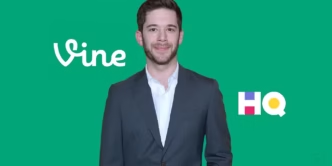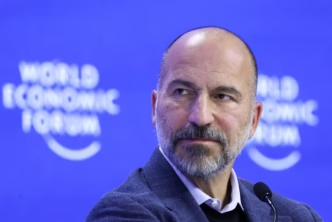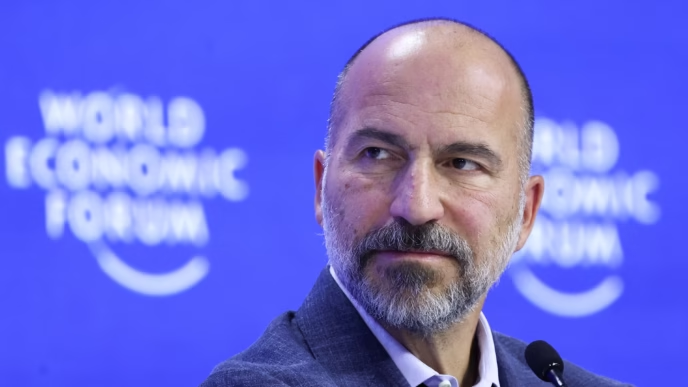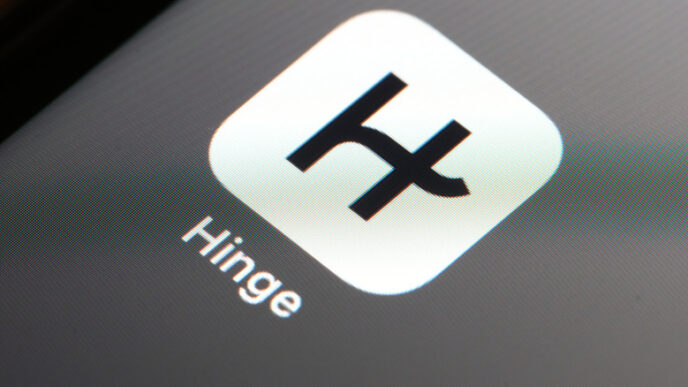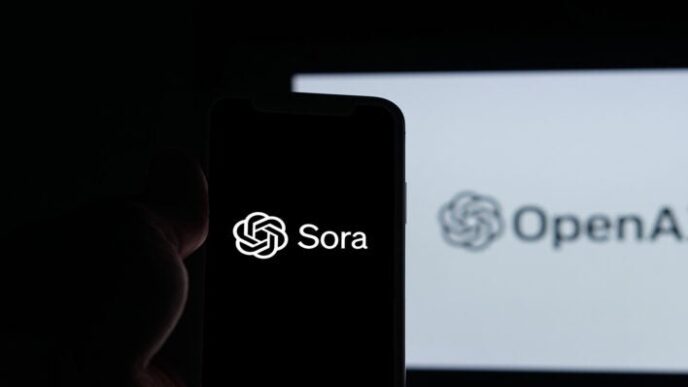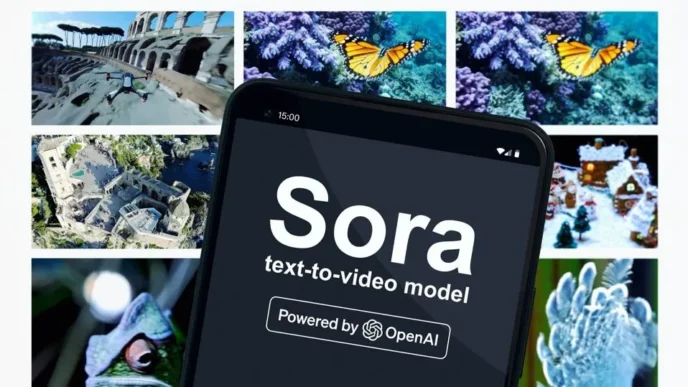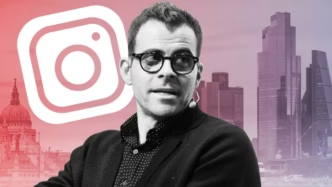Jack Dorsey is backing a new attempt to bring back something the internet never quite got over: Vine’s six-second looping videos. The new project, called diVine, launches at a time when generative AI clips are everywhere, yet many people still crave social feeds that feel personal and human.
diVine arrives with more than 100,000 restored Vine videos, all rebuilt from a backup created before the platform shut down. It gives users a way to revisit the Vine era while also creating fresh loops of their own, but without the endless stream of AI-generated content that now fills traditional social media. Every upload is checked to confirm it was recorded by an actual person, not produced by a model.
The project is funded by Dorsey’s nonprofit, and Other Stuff, formed in May 2025 to support experimental open-source tools that rethink how social platforms should work.
To make diVine possible, early Twitter employee Evan Henshaw-Plath, also known as Rabble, spent months digging into an enormous and nearly unusable backup made after Twitter decided to shut down Vine in 2016.
The archive contained giant 40–50 GB binary files with no simple way to watch any of the content. He began writing scripts, decoding the file structure, and reconstructing creator profiles, view counts, and even some of the original comment threads. After weeks of work, he managed to rebuild a large portion of Vine’s history inside a modern mobile app.
Today, diVine includes somewhere between 150,000 and 200,000 Vine clips, pulled from around 60,000 creators. Rabble says the app includes a “good percentage” of Vine’s most iconic loops, though not everything survived the original archiving effort.
For example, millions of K-pop themed Vines were never backed up at all. Still, the recovered footage captures much of the energy, humor, and creativity that made Vine unforgettable. Copyright remains with the original creators, and anyone who wants their videos removed can file a DMCA request.
They can also reclaim their old profile by proving they still control the social accounts listed in their Vine bios. Once verified, they can upload new videos or restore clips that didn’t make it through the recovery process.
To keep diVine authentic, new uploads must pass human-verification checks using technology from the Guardian Project, a nonprofit that confirms whether a video was truly recorded on a smartphone.
Any content that appears to be AI-generated is flagged and blocked before it reaches the feed. This is part of a larger vision that aligns with Dorsey’s belief in open-source, decentralized social platforms.
diVine is built on Nostr, a protocol that allows anyone to create their own client, run their own relays, or build new apps on top of the network. Dorsey says this approach lets creative developers build without worrying about corporate control, investor pressure, or toxic engagement algorithms.
Elon Musk has also claimed that X has access to Vine’s old archive and plans to revive it, but so far no official rollout has appeared. diVine, meanwhile, is already live with a functioning archive and an active plan to grow around human-first content.
Rabble believes users are ready for something that brings back the spirit of early Web 2.0, an era defined by real community, real creators, and feeds shaped by people rather than opaque recommendation engines. He thinks the rise of AI-generated content has made people nostalgic for platforms where posts feel personal and alive instead of synthetic.
In his view, big companies often mistake “high engagement” on AI clips as proof that users want more of it. The truth, he argues, is that people may interact with AI content, but they also want control over their digital experiences.
diVine tries to offer that balance: a place to enjoy classic Vine loops, upload new ones, and stay connected to real creators. The app is available now on iOS and Android at diVine.video, marking the return of a format many thought was lost for good.
